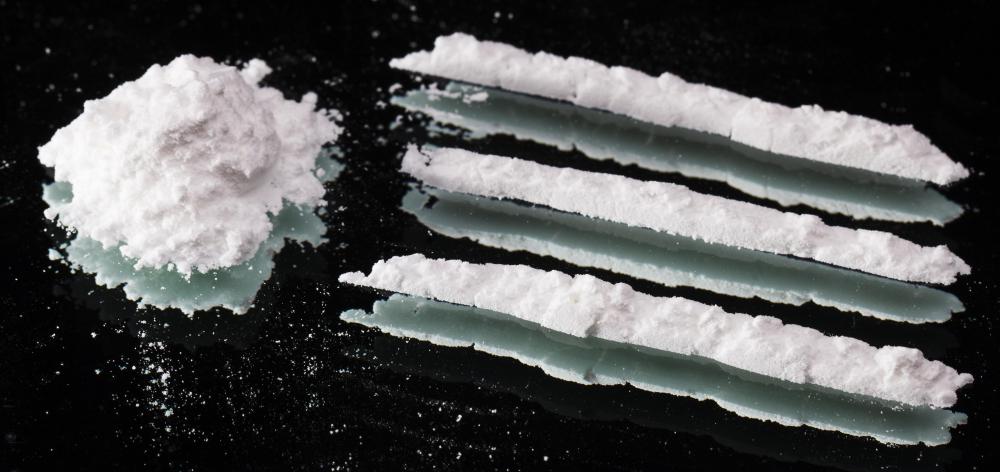At WiseGEEK, we're committed to delivering accurate, trustworthy information. Our expert-authored content is rigorously fact-checked and sourced from credible authorities. Discover how we uphold the highest standards in providing you with reliable knowledge.
What is the Best Treatment for Brain Aneurysms?
Treatment for brain aneurysms depends on individual circumstances. A ruptured aneurysm can be life-threatening and might be treated with a combination of reparative surgery and intravenous medications. An unruptured aneurysm could also be treated surgically, but the risks of surgery could outweigh the potential benefit of preventing a future rupture. Brain aneurysms are potentially fatal, and anyone experiencing aneurysm symptoms such as sudden severe headache should seek emergency medical treatment.
A brain aneurysm is a bulge that forms within a blood vessel in the brain. If an aneurysm ruptures, blood leaks into the brain and causes damage to cells. This is called a hemorrhagic stroke. The majority of brain aneurysms do not rupture or cause any symptoms.

There are two types of surgical treatment for brain aneurysms. In surgical clipping, a form of open brain surgery, a neurosurgeon places a small metal clip at the base of the aneurysm. A less invasive procedure called endovascular coiling involves the use of a catheter to insert multiple coils of platinum wire into the aneurysm as a seal.
Some other forms of treatment for brain aneurysms are intended to safeguard the patient's overall health and support healing during recovery from surgical or endovascular interventions. A patient may be prescribed analgesic medication to ease headaches, calcium channel blockers to reduce the risk of erratic constriction of blood vessels, or antiseizure medications if appropriate. Interventions might be necessary to guard against the risk of stroke, such as an angioplasty procedure to widen blood vessels in the brain. Physical therapy, occupational therapy, and speech therapy could be recommended to rebuild skills that were lost as a result of brain hemorrhage.

The appropriate treatment for brain aneurysms will be recommended on an individual basis by a medical professional, such as a neurologist. He or she makes a recommendation based on the size of the aneurysm and how it was discovered, as well as the patient's ability to withstand major surgery. A ruptured brain aneurysm is typically evidenced by the presence of clinical symptoms, including a severe headache with sudden onset, nausea, seizures, blurred vision or loss of consciousness. Ruptured brain aneurysms are fatal in approximately 50 percent of cases, with some deaths occurring within minutes and others due to complications several days later.

An unruptured brain aneurysm could put pressure on nerves, leading to symptoms such as pain behind the eye, vision changes, or numbness or paralysis of one side of the body. In some cases, an asymptomatic brain aneurysm can be discovered in the course of testing for other medical conditions. In this case, the individual will be referred to a neurologist for a consultation about the best course of action.

Brain aneurysms are most common in women 40 to 60 years old. Risk factors for developing an aneurysm include smoking, high blood pressure, cocaine or heavy alcohol use, and family history of brain aneurysms. Certain medical conditions also predispose individuals to aneurysms, such as certain connective tissue disorders, polycystic kidney disease, and arteriosclerosis. Anyone who has previously experienced a brain aneurysm rupture is at risk for a re-bleeding episode that can cause additional damage.
AS FEATURED ON:
AS FEATURED ON:















Discuss this Article
Post your comments